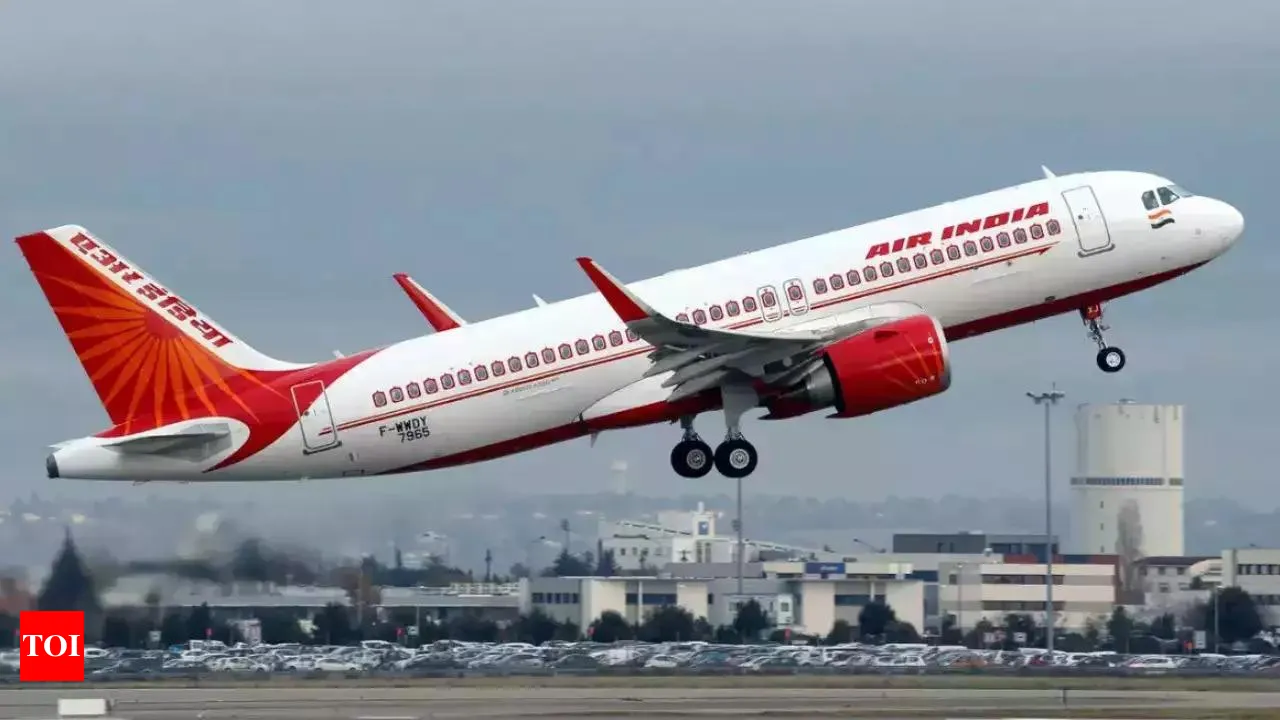Vistara Merger: Air India’s Vihaan Strategy Under Campbell Wilson Shows Promise

Vistara Merger: Hope for Air India’s Future
NEW DELHI: Vistara, part of the Tata Group's ambitious Vihaan strategy, is creating ripples in the aviation sector as Air India continues to evolve under the leadership of CEO Campbell Wilson. With significant milestones achieved over the past two years, the airline is on a positive trajectory, despite lingering concerns about its aging fleet and on-time performance.
Key Developments in Air India’s Revitalization
- Reduction in Losses: Air India has reported a significant reduction in losses, marking a turning point for the airline.
- Expansion of Fleet: The airline has added more planes, leading to the launch of 35 new routes, which includes 25 international and 10 domestic flights.
- Younger Workforce: With an influx of new talent, the average age of employees has dramatically decreased from 54 to 35, enhancing the operational efficiency.
Challenges Ahead
As the merger with Vistara approaches on November 12, passengers express concerns regarding the future identity of the airline. Will the post-merger entity lean towards the current state of Air India, or will it reflect the superior service traditionally associated with Vistara?
CEO Campbell Wilson’s Promising Insights
In a recent message, Cambell Wilson reassured stakeholders about ongoing improvements:
- Air India achieved positive EBITDAR for the financial year.
- Consolidated losses have decreased by over 50% year-on-year.
- Operating revenues have surged by 25%, reaching record-high levels.
Despite persistent challenges regarding cabin quality, upgrades are underway. A refit of 67 narrow-body aircraft is expected to conclude by mid-2025, with improvements to the legacy 787 and 777 fleets to follow.
This article was prepared using information from open sources in accordance with the principles of Ethical Policy. The editorial team is not responsible for absolute accuracy, as it relies on data from the sources referenced.